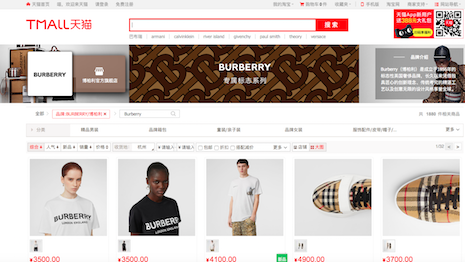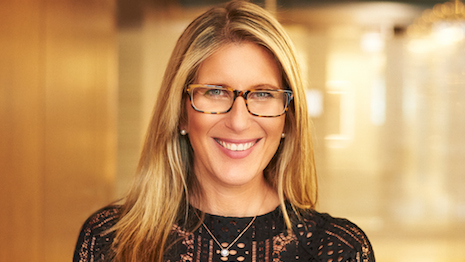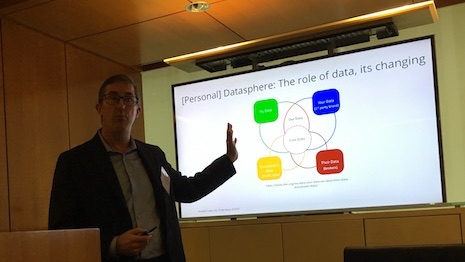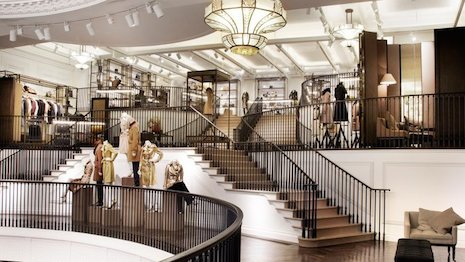- No categories
-
- My Account Subscribe Now | Sign In Log Out
- New York, July 20, 2025

Alibaba represents a dichotomy to luxury brands. The company has problems with counterfeit goods and is featured on the United States government’s list of notorious markets for piracy, while also being the single largest player for brands wanting to capitalize on Chinese consumers and their corresponding wealth. What is a brand to do?

Experiences have become the status symbols that goods used to be, and with the global luxury travel market expected to garner $1.15 trillion by 2022, it is imperative to recognize the business importance of using travel data to understand the modern spending habits of the elite travel luxury consumer.

Copyrights arise immediately upon creation. They are relatively inexpensive to secure through registration, and they last a long time – sometimes more than 100 years.

GDPR has triggered change across all five foundational pillars – legal, economic, technology, social and political – of the world’s economies.

The luxury real estate market, especially in the United States, has had a breathless ascent in recent years. Prices have risen dramatically, fueled by a more global real estate market where money shifts from place to place with increased fluidity.

The top five retailers in the United States made $228.4 billion in earnings last year. They must be doing something right.

Personalization – serving the right content in the right place at the right time – is a critical component of omnichannel marketing, which delivers consistent messages across multiple platforms. Here is how Team One is crafting strategy for Japanese automaker Lexus.

Most retailers handle anywhere from 20,000 to 200,000-plus SKUs, and each SKU tracked represents a variety of different data points.

Even if a majority of users who use Chrome take advantage of settings that clear cookies and reduce other types of tracking, marketers have other advertising options to engage customers, make sales and drive revenue.

The reality is that people have been exchanging value for data since the dawn of the Internet, if not before. The big question is, however, has the exchange been equitable? Have all the benefits, risks, social good and externalities been adequately accounted for in the value exchange?

According to a recent Expedia survey, 76 percent of baby boomers and 62 percent of Generation X consumers rate “experience authentic local culture” as the most important aspect of their travel decision making.

Baby boomers are entering a stage where less is more, and more than half of millennials say they value experiences over objects.

As an intangible right, trademarks cannot be protected with a security system – only the legal system keeps thieves at bay.

Fast fashion, counterfeits and mass luxury draw dollars away from luxury, while endless meetings, longer to-do lists and mobile devices dull our attention.

Both Ulta and Sephora are exceptional retailers. Roughly equivalent in footprint—1,174 Ulta stores and about 1,100 freestanding Sephora stores and J.C. Penney shop-in-shops—both retailers did extremely well last year.

Design patents can be a useful tool for luxury goods and fashion designers to protect their creative designs, but only if the requirements and limitations are understood.

An analysis from Swiss investment bank UBS finds that with each 1 percent increase in online penetration, some 8,000 to 8,500 stores will need to close.

With online sales racking up nearly $505 billion in 2018, and that number projected to skyrocket beyond $700 billion within five years, the ecommerce potential of cryptocurrencies and blockchain is massive.

There are already digital startups working on creating an entire fleet of virtual influencers complete with individual personas, preferences and dislikes, virtual lives and life events for drama.

As a cloud of uncertainty lingers over the United Kingdom, the luxury industry is preparing for the worst while vowing to seek solutions in order to thrive in a possible post-Brexit market.

We need to go beyond consumer education and regulation to enable a vibrant industry that generates mutual value exchange amongst individuals, private and public institutions.